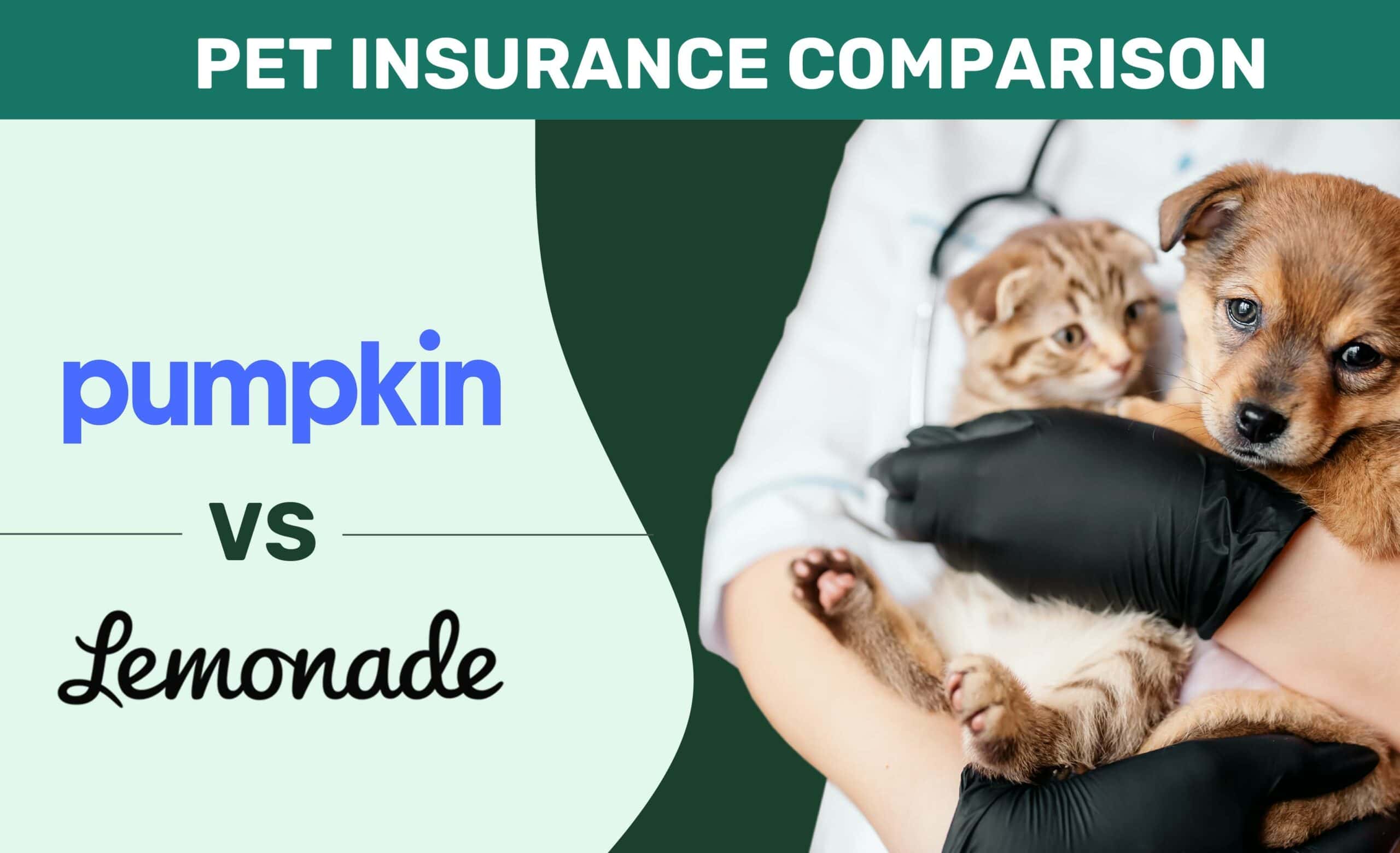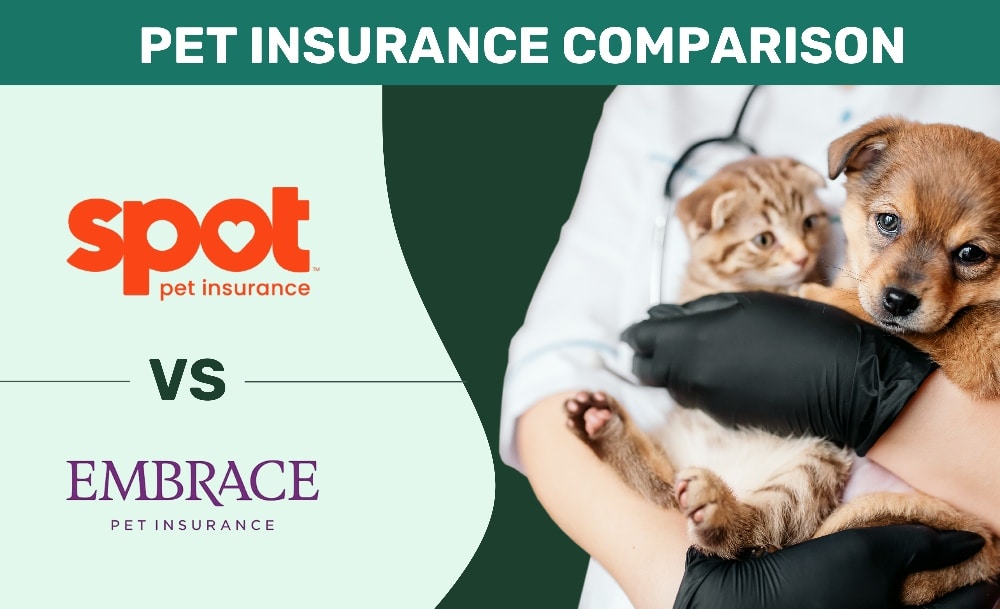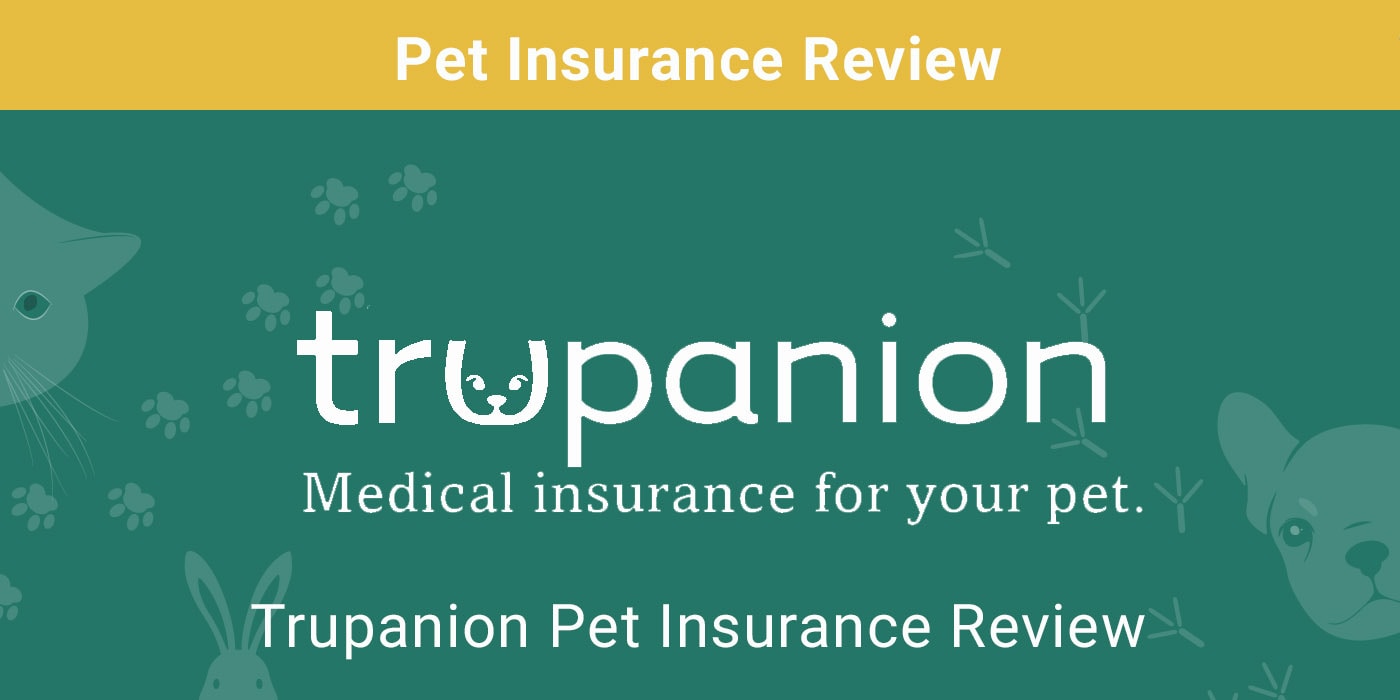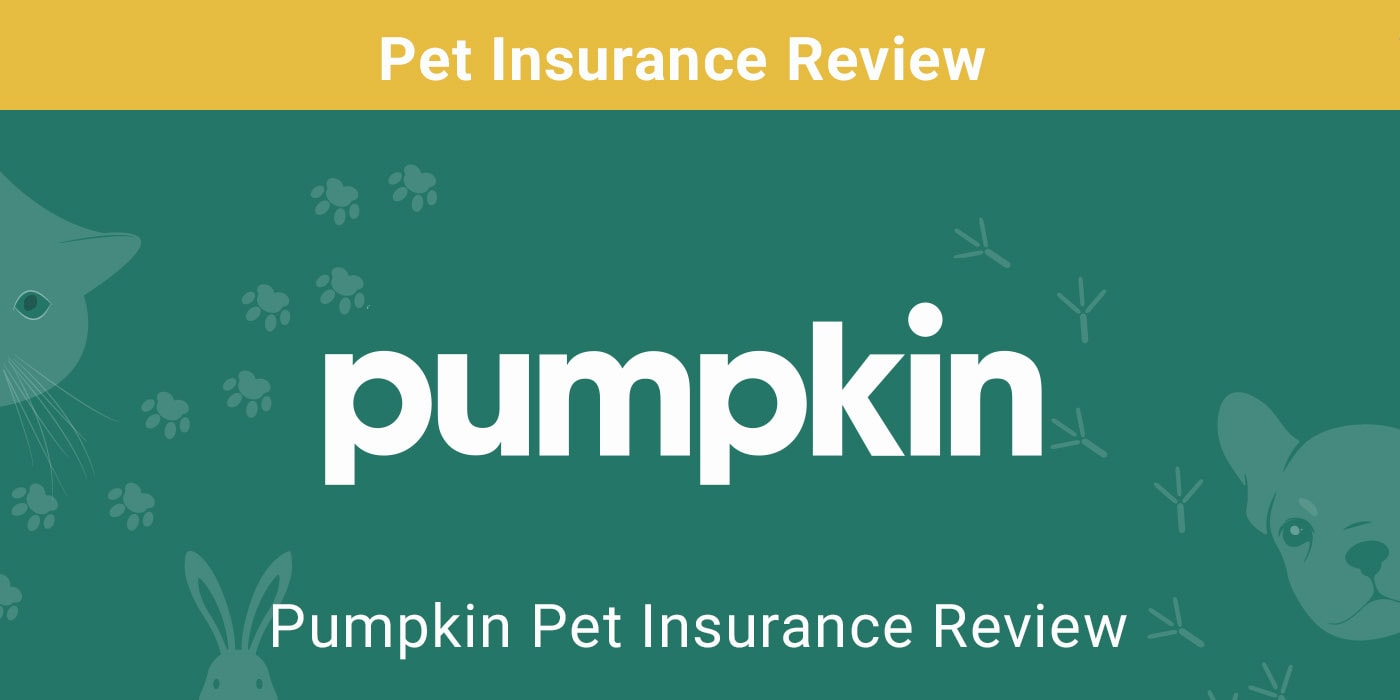
Owning a pet can be a big responsibility and a wonderful experience. But it can also be expensive, especially when it comes to unexpected medical costs. Pet insurance can help ease some of the financial burden, but many pet owners are unsure of what it entails or how to choose the right policy. With pet insurance, you can rest assured knowing that your furry friend is adequately protected. But what do you need to know about pet insurance if you live in Missouri? How much does it cost? Let’s discuss.
The Importance of Pet Insurance
Pet insurance is an important financial tool to have if your pet gets sick or injured. There are a variety of reasons why your pet may need medical treatment. Some reasons include, but are not limited to, illnesses and injuries. Illnesses such as arthritis and kidney disease are common in older pets and can lead to expensive treatment.
Similarly, injuries such as broken bones, serious diseases, and removal of ticks can be very costly as well. Having pet insurance can help you avoid paying for these costs out of pocket, which can be very difficult for pet owners.
Top Rated Pet Insurance Companies

How Much Does Pet Insurance Cost in Missouri?
That depends. Plan costs in the state of Missouri will vary depending on a number of different factors such as pet type, gender, breed, age, etc. Ultimately that seems to hover between about $10-$45 a month (that is, for cats and dogs).
However, if you have an exotic animal such as a reptile or tortoise, you can expect to pay more for your monthly premium, and there is only one provider that covers such animals (Nationwide Pet Insurance). You may also pay more if you want additional benefits such as those that cover other types of treatments that are normally outside of traditional medicine (i.e., hydrotherapy, acupuncture, holistic medicine, etc.).
Standard Vet Costs
Here’s a look at standard vet costs for certain procedures that are typically covered under pet insurance so that you can decide if it’s worth it to you financially.
| Treatment/Service | Costs (for dogs and cats) |
| Spay/Neuter | $150-$300 |
| Flea Treatment | $40-$75 |
| Microchipping | $20-$40 |
| Poisoning Treatment | $175-$300 |
| Wellness Visits | $160-$225 |
| Vaccinations | $160-$225 |
Additional Costs to Anticipate
Before going with a provider, it’s important to first take a look at any additional costs that may come with the premium. They may include the following:

Co-pay
A co-pay is an amount you are expected to pay when your pet needs treatment. Depending on the policy, co-pays may be due before treatment, or they may be due after it. This can range anywhere from $20 to about $75. Generally, you’ll want a fairly low copay.
Exclusion Period Non-payment
An exclusion period is the amount of time it takes for your claim to go through. Some pet insurance plans have 30-day exclusion periods, meaning you will have to wait 30 days before your claim is processed. Other plans may have a 90-day or 6-month exclusion period. During this time, you will not be reimbursed for any expenses.
Deductible
This is the amount of money that you must pay out of pocket before your insurance plan actually takes effect for reimbursement for treatment. Many providers have multiple deductible levels that you can choose from, typically ranging anywhere from $250 upwards of $2,000. It’s best to choose a deductible that you can reasonably afford against the monthly premium that it comes with.
What Is the Difference Between Reimbursement and Discounted Plans?
Reimbursement and discounted plans are two types of pet insurance plans. Reimbursement plans are broken down into two parts. First, they pay a predetermined amount towards your pet’s care. Second, they will then reimburse you for the amount you spent out of pocket. Discounted plans will only pay you the amount you spent. So, if you spend $50 on a procedure but the plan only covers $40, you will only receive $40 from the company.
What Is the Difference Between Accident and Illness Coverage?
Accident coverage and illness coverage are two common pet insurance plans. Accident coverage typically covers injuries that occur outside of the veterinarian’s office. Illness coverage, on the other hand, covers medical procedures that occur inside the veterinarian’s office. So, it helps to note that accident coverage does not cover illnesses and illnesses coverage does not cover accidents. Some companies have a combination accident and illness policy, which covers both but will cost more.
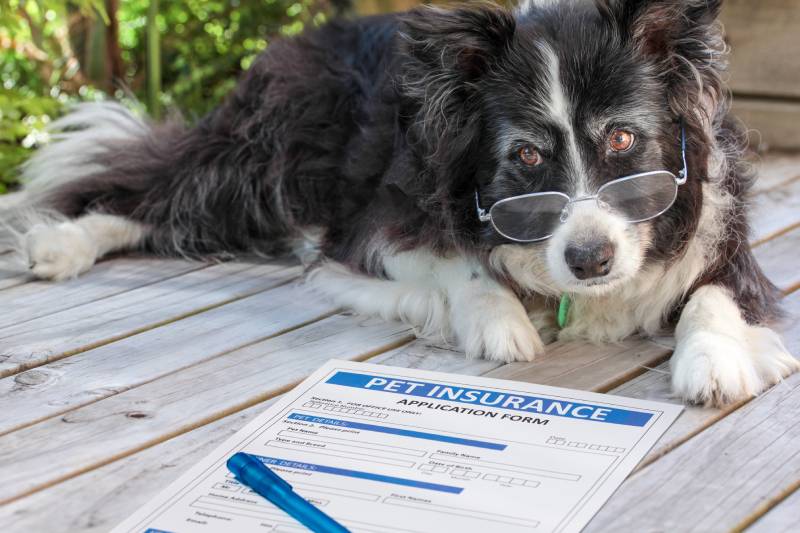
What Does Pet Insurance Cover?
Pet insurance covers a variety of treatments, but it is important to check your specific policy to make sure it covers the care your pet needs. Some insurers may not cover certain procedures, so it’s important to understand the coverage of your specific policy.
How Does the Pet Insurance Reimbursement Process Work?
It pretty much works just like health insurance for humans. For example, when you have a plan and your pet gets sick or injured, you’ll need to file a claim. When you file a claim, you send proof of the treatment and the bills that you are expected to pay to the company.
The provider will then review your claim to make sure it is valid. If they approve the claim, they will pay the cost of the bill and send the money to you. Some insurers may pay the full cost of the treatment, while others will reimburse you for what you paid out of pocket. It’s essential to understand how your specific pet insurance plan works and if there are any limitations as to how much they will cover.
Finding the Right Provider: Steps to Take
Pet owners have the option to choose the number of health conditions they want covered, the amount of deductible, and the percentage of reimbursement that is most affordable for them.

Determine How Much Pet Insurance You Require
As you review your options, think about your must-have coverage requirements. For example, you can choose an accident-only policy. Although it is not offered by all insurance companies, this plan is usually the most affordable. It covers only accidental injuries like broken bones and poisonings, as the name implies. Comprehensive plans are also very popular.
And then, of course, you can also simply choose a wellness plan for your pet if it’s relatively young and in a generally good state of health. A lot of companies even offer wellness riders that can be added on to either an accident-only plan or a comprehensive plan. Lastly, you can also choose a preventative care plan which includes routine check-ups and vaccinations. Some people actually choose to skip this coverage due to the higher premium – they may also not see the value of it.
Choose a Deductible
A deductible is the amount you have to pay for veterinary care before your pet insurance company starts paying. It’s not always easy to pick a deductible. Depending on the health of your pet, it may not be beneficial. If it’s too low, it could cause your premium to go up exponentially.
A lifetime deductible per condition is another option, although it’s not widely used. Every medical condition that a pet may have will have its own deductible. The insurance company will pay the pet’s entire life up to the maximum amount allowed by law if you have reached that amount for the condition.
Compare the Limit and Reimbursement Rate
After you file a claim, reimbursement is the amount the insurance company will reimburse you. There are two reimbursement-related decisions you’ll have to make. Initially, you’ll need to determine the percentage that you want. Many providers offer reimbursement options ranging from 50% to 100%.
After that, you will need to select your reimbursement limit. This is the maximum amount that the insurance company will pay each year regardless of the cause. They can be as low or high as $1,500, but they don’t have to exceed $9,000 or more. Your premium will be less expensive if the limit is lower.
Some providers offer unlimited reimbursement. This means that the provider will pay its share as long as the cause of the accident is covered under your policy.
Conclusion
Pet insurance is a great way to provide the care your pet needs without breaking the bank. With pet insurance, you can get coverage for routine care such as vaccinations, as well as coverage for emergency care and treatments. It is important to understand the coverage you are getting, so asking questions is key.
See also:
Featured Image Credit: Rawpixel.com, Shutterstock




